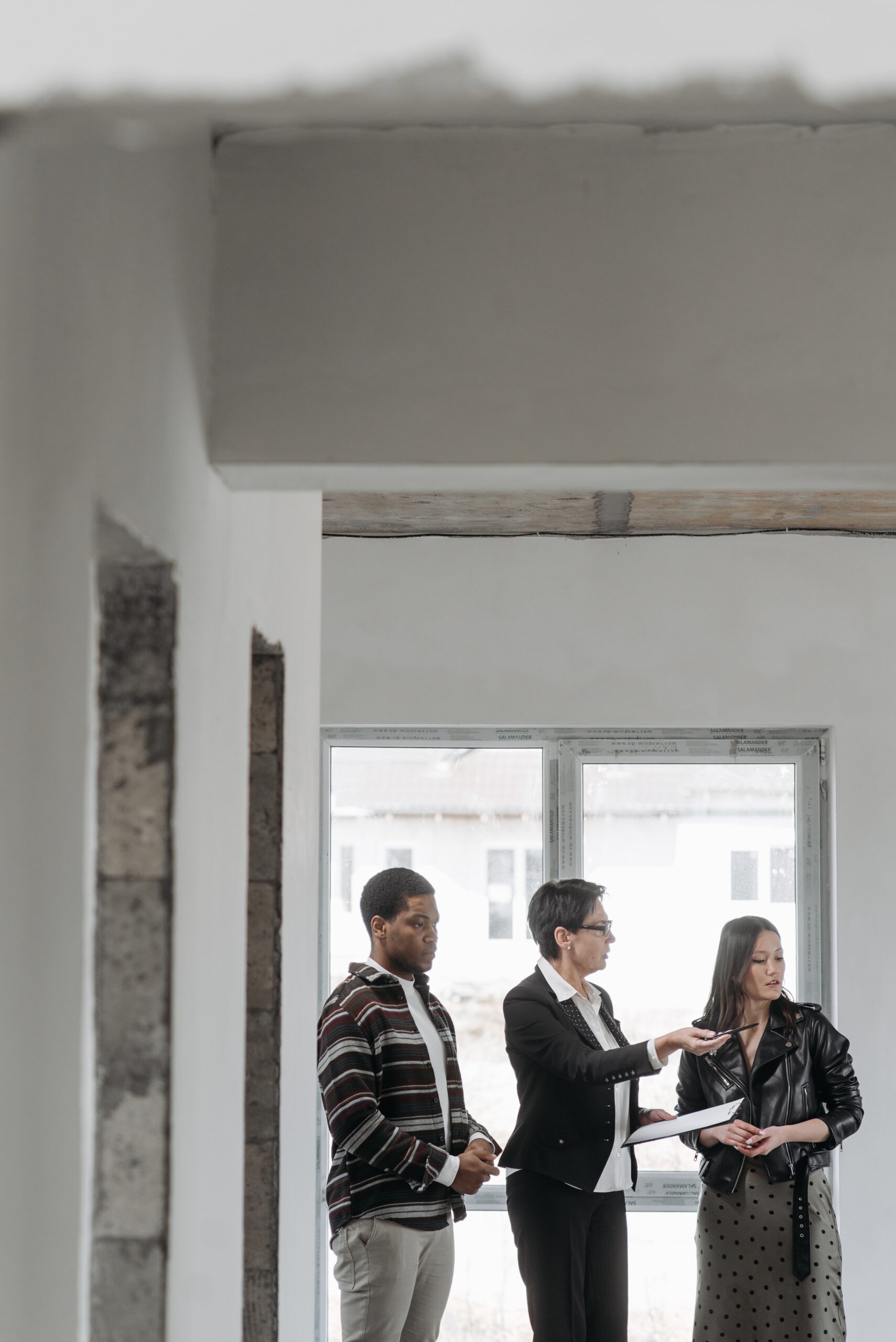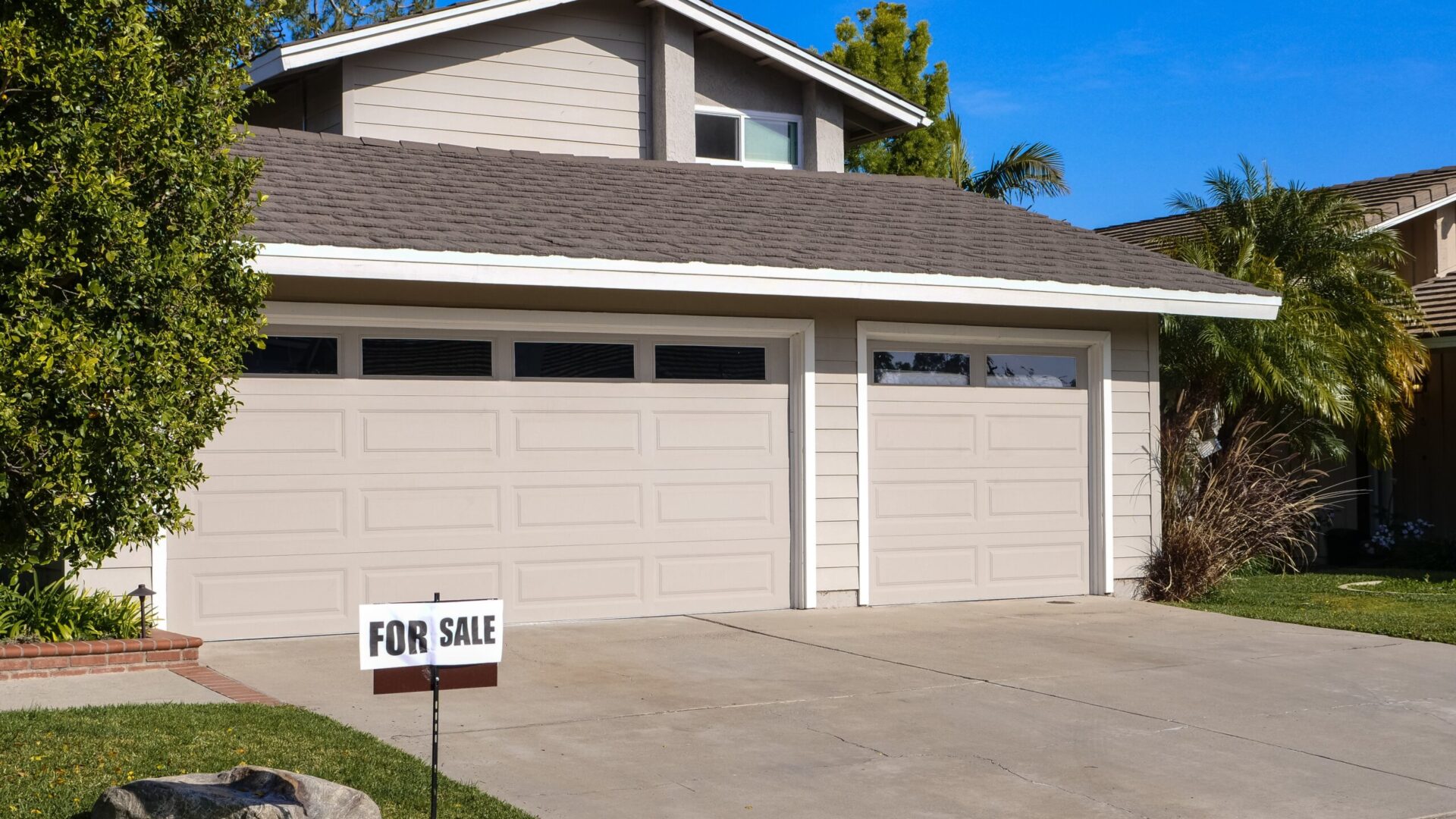Top 17 Rehab Tips for Your Next Investment Property: As a real estate investor, rehabbing properties can be a lucrative venture if done correctly. Whether you’re new to the business or have a few years under your belt, understanding the process is crucial to your success. Here are ten practical and compelling tips to help you navigate your next investment property rehab.

☛ (#1) Keep Your Buyers in Mind
When choosing finishes and fixtures, keep your potential buyers in mind. You want to appeal to the broadest market possible, so it’s usually best to choose neutral colors and finishes. However, don’t be afraid to add a few high-end touches to make your property stand out. Just make sure they’re appropriate for the market and the price point of the property.
☛ (#2) Understand Your Market
Before you start any rehab project, it’s essential to understand the market you’re working in. What are the property values in the area? What features are buyers looking for? What’s the competition like? Understanding these factors can help you make informed decisions about what improvements to make and how much to invest. Remember, the goal is to add value to the property without over-improving it for the neighborhood.
☛ (#3) Budget Wisely
One of the biggest mistakes investors make is underestimating the cost of a rehab project. It’s crucial to create a detailed budget that includes not only the obvious costs like materials and labor but also the less obvious ones like permits, inspections, and contingencies for unexpected expenses. It’s also wise to factor in the holding costs, such as mortgage payments, insurance, and utilities, that you’ll need to cover during the rehab process.
☛ (#4) Prioritize Improvements
Not all improvements are created equal. Some will add more value to the property than others. Focus on improvements that will give you the most bang for your buck. These often include kitchen and bathroom updates, new flooring, and fresh paint. However, don’t neglect necessary repairs and maintenance issues. A beautiful kitchen won’t matter much to a buyer if the roof is leaking.
☛ (#5) Don't Overlook Curb Appeal
First impressions matter, and the exterior of the property is the first thing potential buyers will see. Invest in improvements that will boost the property’s curb appeal. This could include painting the exterior, landscaping, updating the front door, or installing a new garage door. These improvements can make a significant impact on a buyer’s perception of the property and can increase its value.
☛ (#6) Hire Professionals
Unless you’re an experienced contractor, it’s usually worth it to hire professionals for significant rehab projects. They can ensure the work is done correctly and up to code, which can save you time and money in the long run. Be sure to vet your contractors thoroughly, get multiple quotes, and have a detailed contract in place before work begins.
☛ (#7) Don't Ignore the Small Details
The small details can make a big difference in how a property is perceived. Things like replacing outdated light fixtures, hardware, and switch plates can make a property feel more modern and updated. Don’t forget about the less glamorous updates either, like ensuring the HVAC system is in good working order, the electrical system is up to code, and any plumbing issues are addressed.
☛ (#8) Get the Right Permits
Before you start any rehab work, make sure you have the necessary permits. Working without permits can lead to fines and can cause problems when it’s time to sell the property. It’s also important to note that some improvements may not be allowed depending on the zoning laws in your area. Always check with your local building department before starting any major work.
☛ (#9) Plan for the Unexpected
No matter how well you plan, there will likely be unexpected issues that arise during the rehab process. It could be a hidden problem like mold or structural damage, or it could be a delay in getting necessary materials or permits. Whatever the issue, it’s important to have a contingency plan and budget in place to handle these unexpected hurdles.
☛ (#10) Plan Your Rehab
Before you start any rehab work, make a detailed plan. This should include the scope of work, budget, and timeline. Having a clear plan will help you stay organized and ensure that you don’t overlook any important aspects of the rehab.
☛ (#11) Focus on High-ROI Improvements
Not all improvements are created equal. Focus on those that will give you the highest return on investment (ROI). These often include kitchen and bathroom updates, new flooring, and fresh paint.
☛ (#12) Don't Over-Improve
While you want your property to be attractive to potential buyers or renters, you don’t want to over-improve it to the point where it’s the most expensive property in the neighborhood. Keep your improvements in line with other properties in the area.
☛ (#13) Inspect the Property Thoroughly
Before you start any work, have the property thoroughly inspected. This will help you identify any potential issues that could become major problems down the line.
☛ (#14) Get the Necessary Permits
Make sure you have all the necessary permits before starting any work. Working without the proper permits can lead to fines and delays.
☛ (#15) Quality Over Quantity
Don’t cut corners to save money. Using high-quality materials and doing the job right the first time will save you money in the long run by reducing the need for repairs and maintenance.
☛ (#16) Keep Your End Goal in Mind
Whether you’re planning to sell the property or rent it out, always keep your end goal in mind. This will help guide your rehab decisions and ensure that you’re making improvements that will help you achieve your investment goals.
☛ (#17) Stage the Property
Once the rehab work is done, consider staging the property. Staging can help potential buyers visualize how the space can be used and can make the property feel more inviting. It can also highlight the property’s best features and downplay any negatives. While there is a cost associated with staging, it can often help a property sellfaster and for a higher price.
☛Note:
Remember, every property and every rehab project is unique. These tips are general guidelines, but you’ll need to adapt them to fit your specific situation. Happy rehabbing!
☛ Final Thoughts
In conclusion, rehabbing an investment property can be a profitable venture if done correctly. By understanding your market, budgeting wisely, prioritizing improvements, and planning for the unexpected, you can increase your chances of success. Remember, the goal is not just to create a beautiful property, but to do so in a way that maximizes your return on investment. Happy rehabbing!


